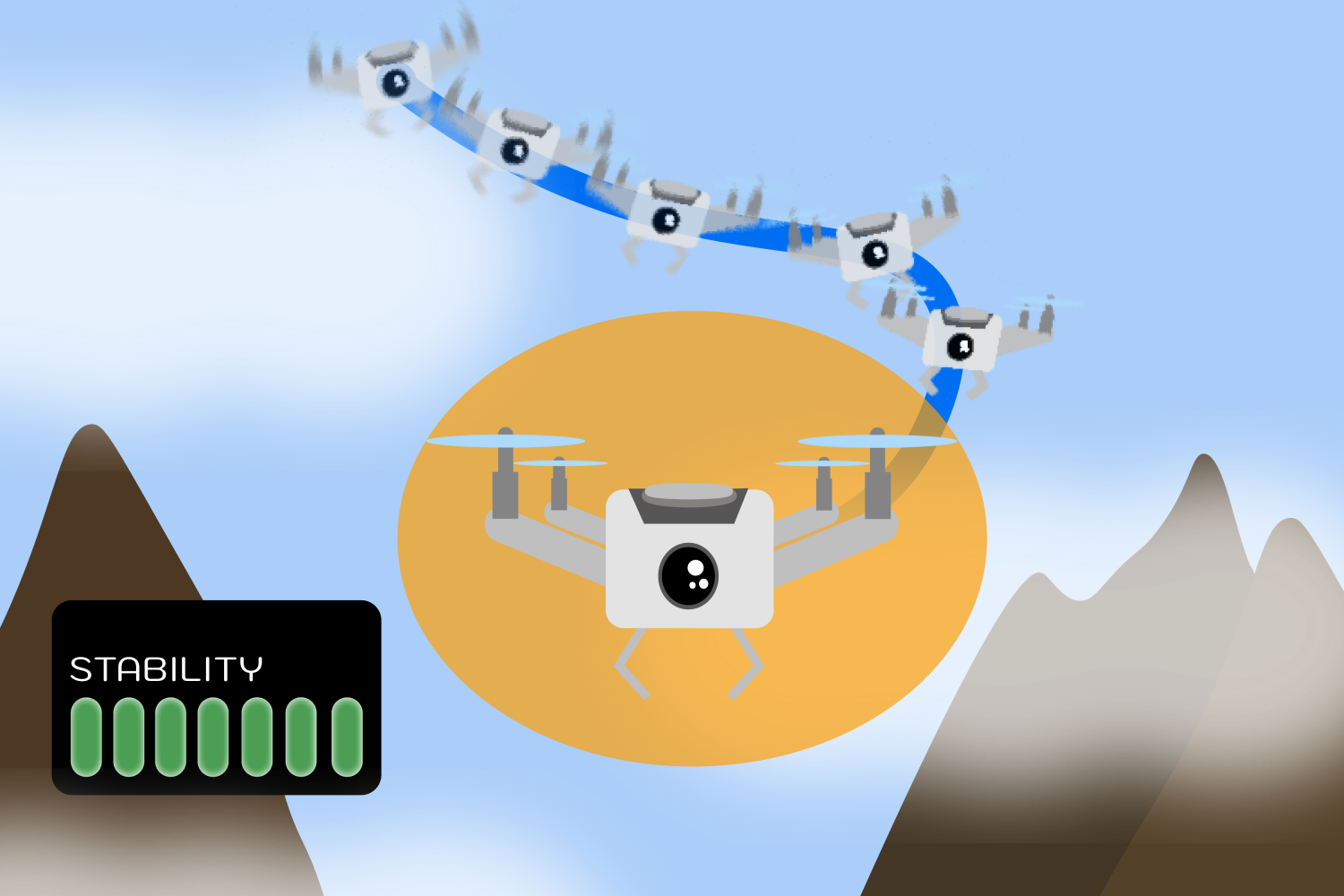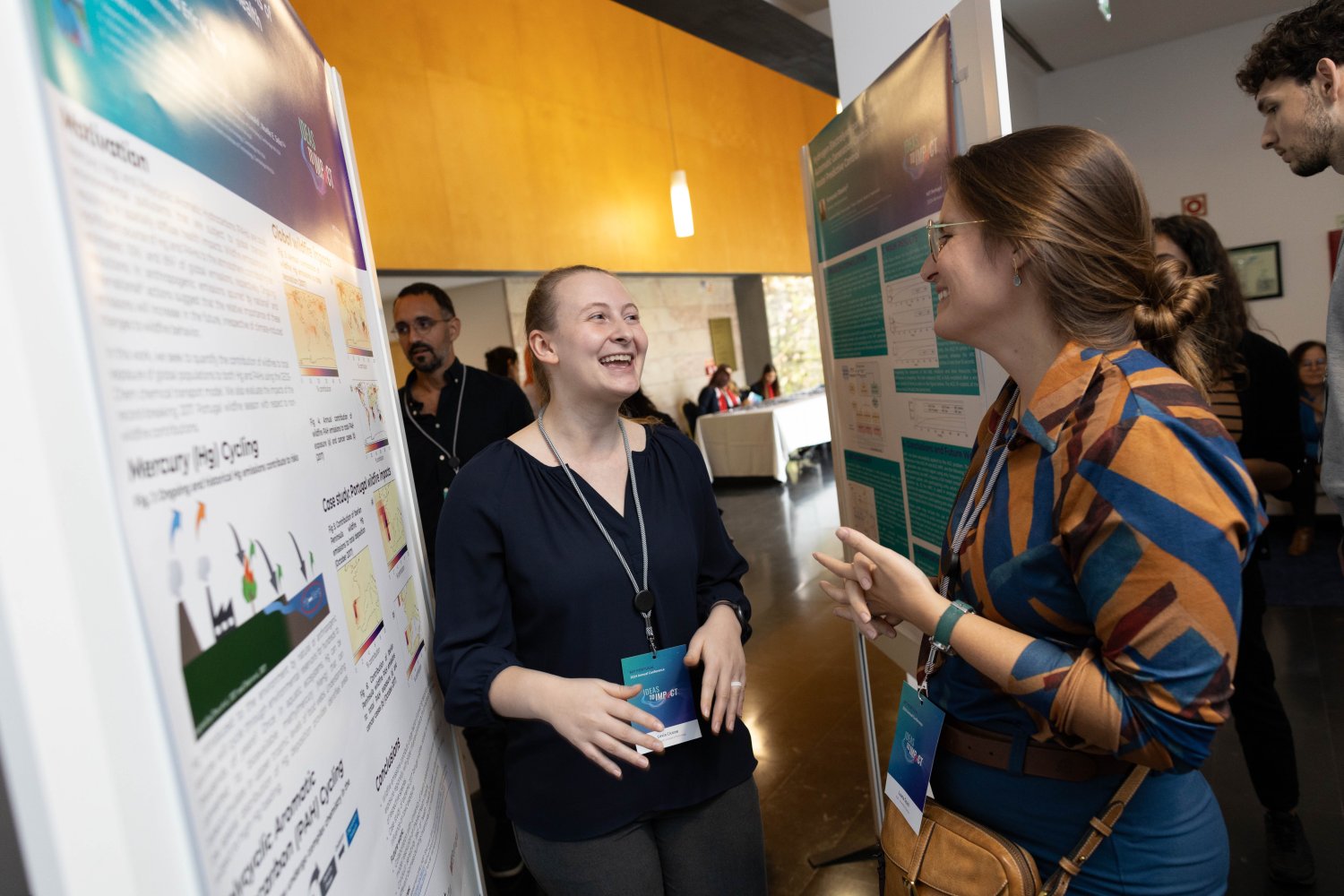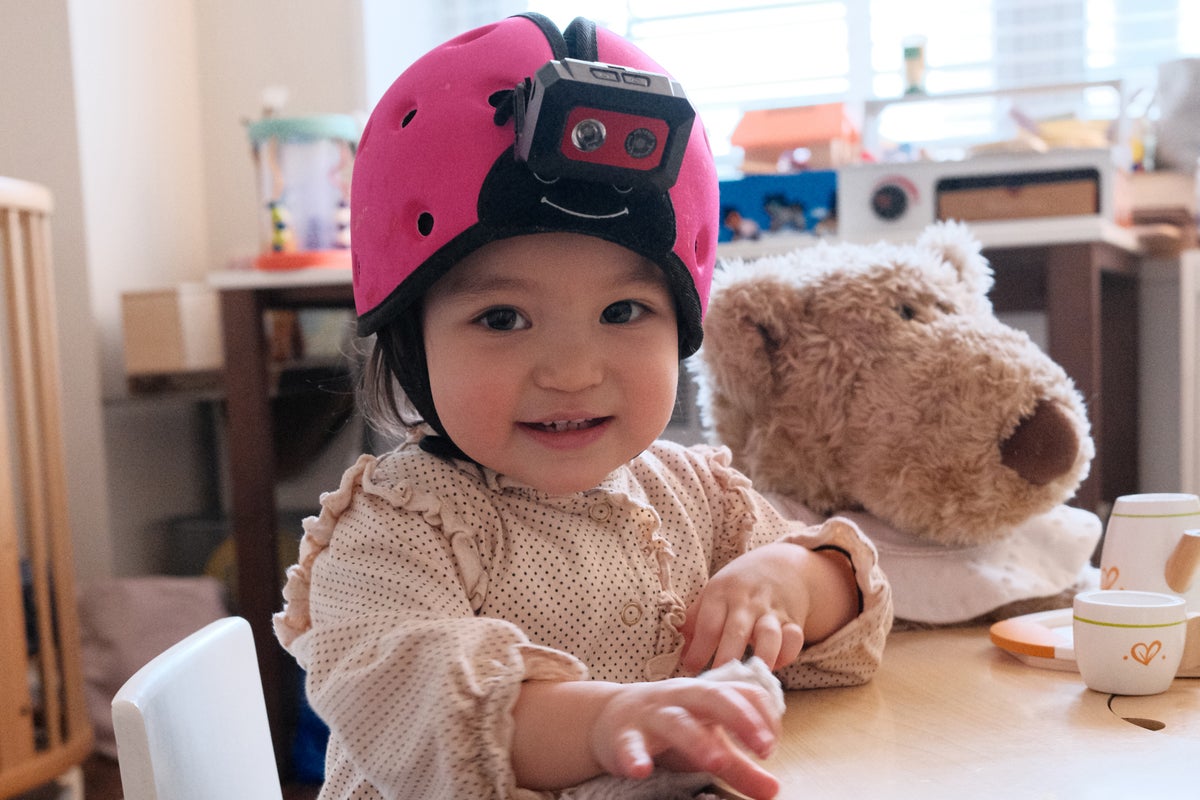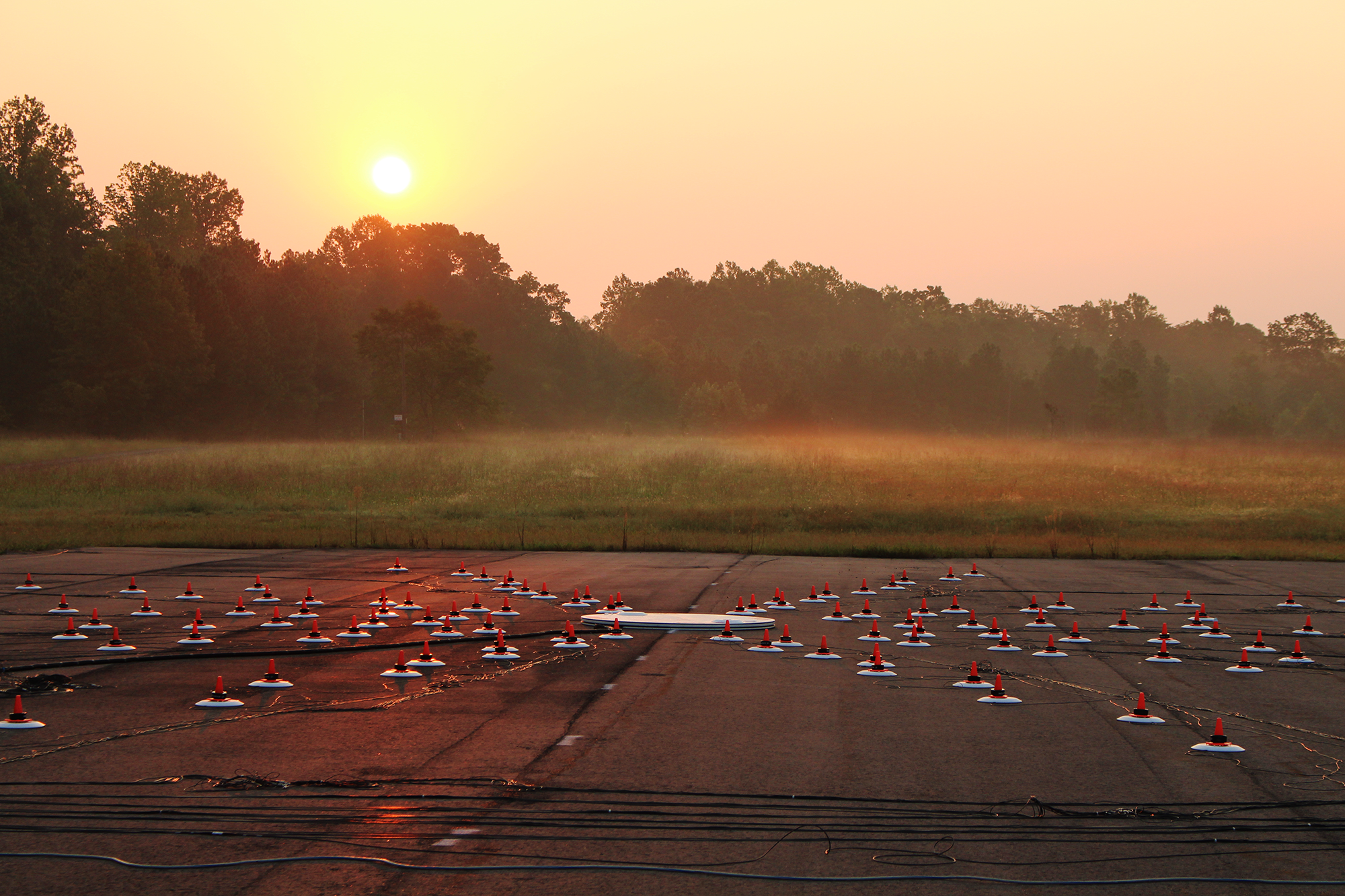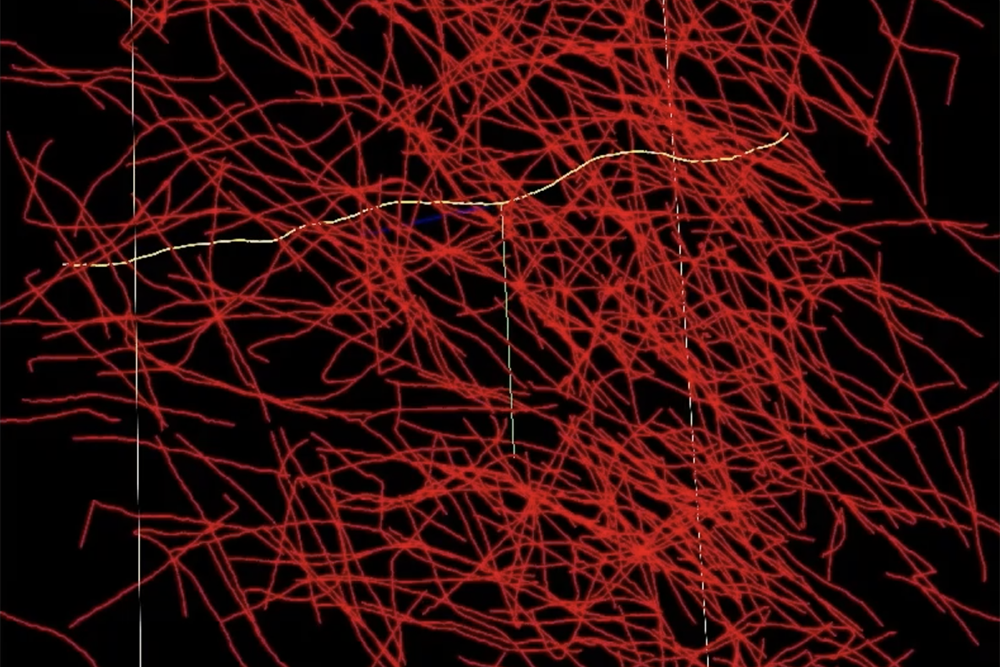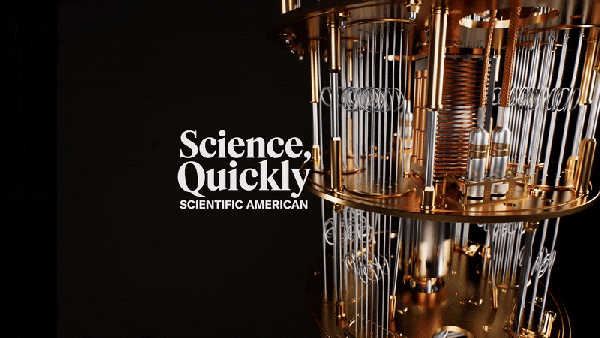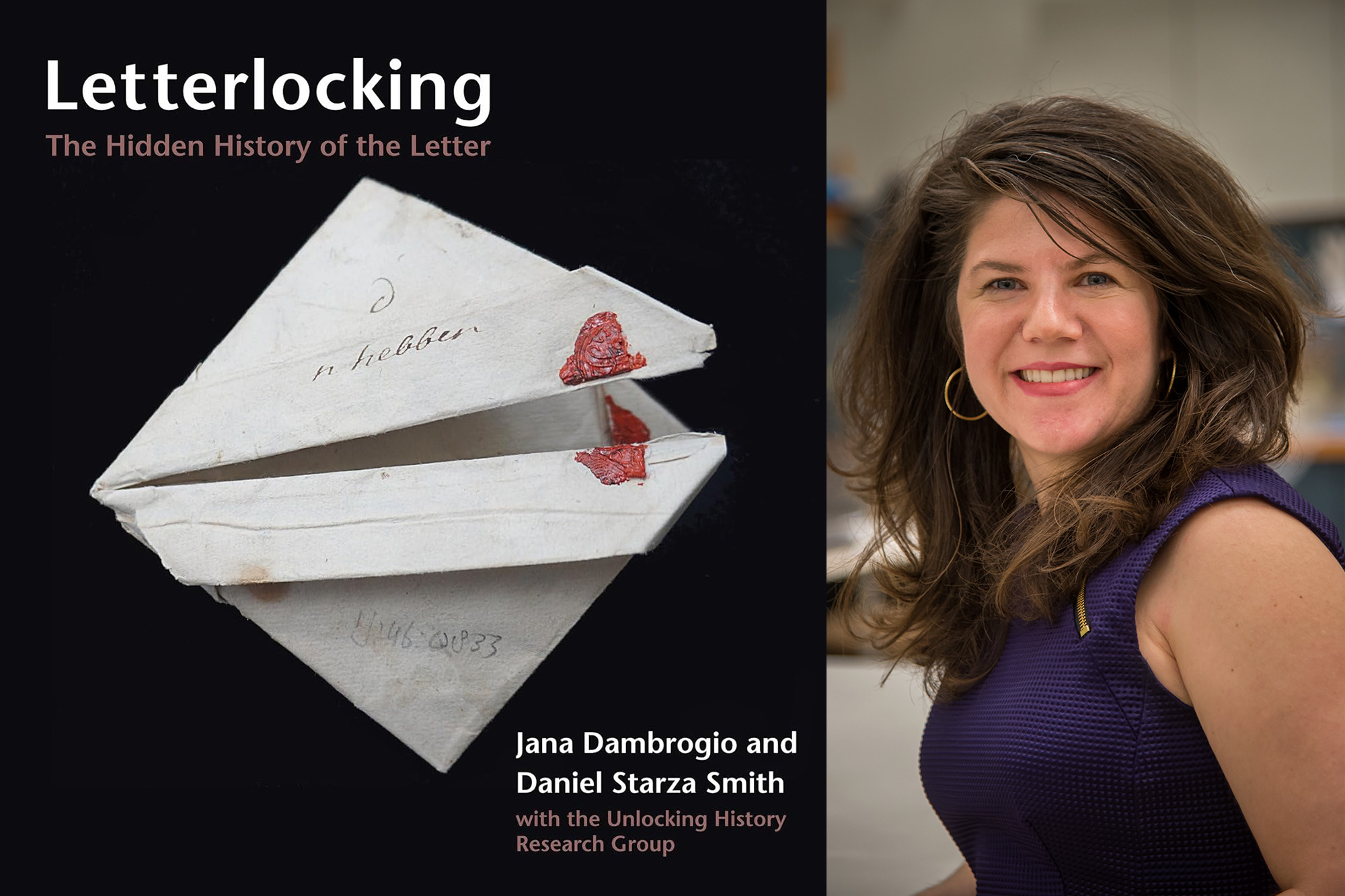
For as long as people have been communicating through writing, they have found ways to keep their messages private. Before the invention of the gummed envelope in 1830, securing correspondence involved letterlocking, an ingenious process of folding a flat sheet of paper to become its own envelope, often using a combination of folds, tucks, slits, or adhesives such as sealing wax. Letter writers from Erasmus to Catherine de’ Medici to Emily Dickinson employed these techniques, which Jana Dambrogio, the MIT Libraries’ Thomas F. Peterson (1957) Conservator, has named “letterlocking.”
“The study of letterlocking very consciously bridges humanities and sciences,” says Dambrogio, who first became interested in the practice as a fellow in the conservation studio of the Vatican Apostolic Archives, where she discovered examples from the 15th and 16th centuries. “It draws on the perspectives of not only conservators and historians, but also engineers, imaging experts, and scientists.”
Now the rich history of this centuries-old document security technology is the subject of a new book, “Letterlocking: The Hidden History of the Letter,” published by the MIT Press and co-authored with Daniel Starza Smith, a lecturer in early modern English literature at King’s College London. Dambrogio and Smith have pioneered the field of letterlocking research over the last 10 years, working with an international and interdisciplinary collection of experts, the Unlocking History Research Group.
With more than 300 images and diagrams, “Letterlocking” explores the practice’s history through real examples from all over the world. It includes a dictionary of 60 technical terms and concepts, systems the authors developed while studying more than 250,000 historic letters. The book aims to be a springboard for new discoveries, whether providing a new lens on history or spurring technological advancements.
In working with the Brienne Collection — a 17th-century postal trunk full of undelivered letters — the Unlocking History Research Group sought to study intact examples of locked letters without destroying them in the process. This stimulated advances in conservation, radiology, and computational algorithms. In 2020, the team collaborated with researchers from the MIT Computer Science and Artificial Intelligence Laboratory (CSAIL), Amanda Ghassaei SM ’17, and Holly Jackson ’22, to develop new algorithms that could virtually read an unopened letter, publishing the results in Nature Communications in 2021.
“Letterlocking” also offers a comprehensive guide to making one’s own locked letters. “The best introduction to letterlocking is to make some models,” says Dambrogio. “Feel the shape and the weight; see how easy it would be to conceal or hard to open without being noticed. We’re inviting people to explore and expand this new field of study through ‘mind and hand.’”





